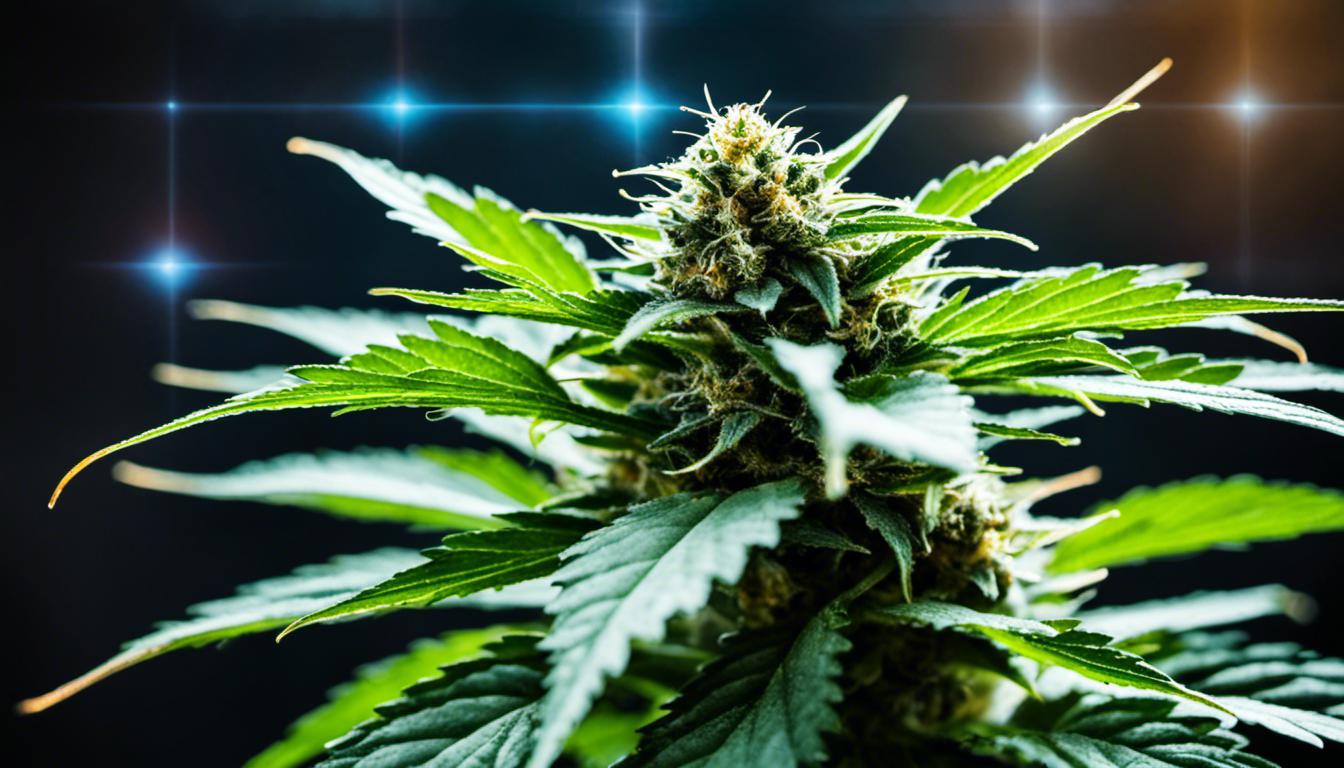New Study Reveals Promising Therapeutic Potential of Lesser-Known Marijuana Components
A recent scientific review has shed light on the potential benefits of lesser-known components of the cannabis plant in treating various neurological disorders. The study, conducted by researchers at the Center for Dementia Research at the Nathan Kline Institute for Psychiatric Research, suggests that compounds such as THCV, CBDV, and CBG may demonstrate diverse pharmacological activities and could offer therapeutic applications.
The review, which analyzed available scientific literature on minor cannabinoids and conditions such as epilepsy, Parkinson’s disease, Alzheimer’s disease, Huntington’s disease, and substance and alcohol use disorders, found evidence of neuroprotective effects and other beneficial outcomes. The researchers noted that the therapeutic potential of Cannabis sativa extends beyond the widely studied CBD, encompassing a diverse range of lesser-known phytocannabinoids that show promise in addressing various neurological disorders.
The study also found that minor cannabinoids may have anticancer effects on blood cancer, with compounds such as CBG, CBC, CBN, and CBDV showing cytotoxic effects on multiple myeloma cell lines and in a mouse model. Additionally, the researchers noted that the cannabinoids’ beneficial effect on the bone in terms of reduction of multiple myeloma cells invasion toward the bone and bone resorption.
Furthermore, the study highlighted the importance of considering the entire plant when utilizing cannabinoids medicinally, as the “entourage effect” can result in effects that exceed the sum of their separate contributions. This synergy emphasizes the need to consider the complex interactions between phytocannabinoids and biological systems, which could lead to novel treatment approaches.
The findings of this study build on previous research, which has shown that minor cannabinoids may have therapeutic potential in treating various conditions. For example, a study published earlier this year found that terpenes could be potential therapeutics for chronic neuropathic pain, and another study found that a citrusy-smelling terpene in marijuana, D-limonene, could help ease anxiety and paranoia associated with THC.
Overall, the study suggests that the therapeutic potential of cannabis extends beyond the widely studied THC and CBD, and that lesser-known components of the plant may offer promising treatments for various neurological disorders.












